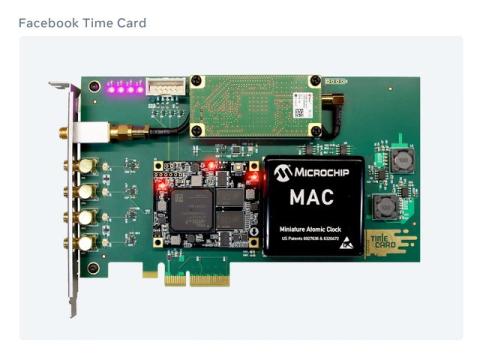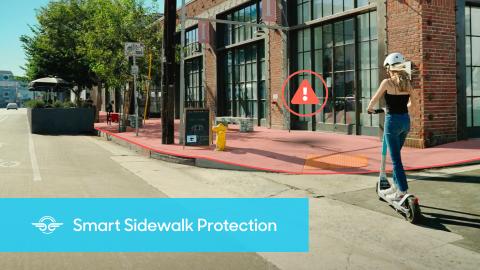
- Support portal
- Evaluation Kits and partner products
u-blox Support
- Product documentation
Documentation
- Investor relations
Investor relations
Insights
|
21 Dec 2021
Here’s a look back at how our partners used our solutions in 2021, with valuable insights about the state of the IoT.

Just a few years ago, satellite-based positioning, high precision tracking, and wireless connectivity to devices and to the cloud were, by and large, reserved for high value use cases. Fast forward to today, and IoT technology is enabling products, services, and solutions we use every day. In many applications, smart functionality, once a premium differentiator, has become the baseline expectation.
At the same time, IoT technology is being leveraged to increase the efficiency of the infrastructure we rely on, silently transforming the world we live in. Here at u-blox, we have a front-row seat to this transformation, which we are also part of as we support customers driving innovation in the consumer, automotive, and industrial markets, including leading car OEMs and Tier-1s, industrial device manufacturers, and some of the biggest names in tech.
In this blog, we look back on a selection of partner stories from last year that highlight four notable trends we see playing out in the IoT.

Here’s an example of the silent transformation mentioned in the introduction. The data centers that are at the heart of the digital economy are only becoming more important as our physical and digital lives converge. Earlier this year, engineers at Facebook designed a precision timing solution with nanosecond-level timing that improves the synchronization of networked computers to speed up the company’s data centers by reducing computational overhead.
Facebook’s solution, the TimeCard, uses the u-blox ZED-F9T global navigation satellite system (GNSS) receiver module to tap into the highly accurate atomic clocks onboard orbiting GNSS satellites. By open-sourcing the design of the TimeCard, which fits onto a PCIe form factor, Facebook has paved the way for anyone with experience in microelectronics to easily access nanosecond-level timing accuracy without having to invest in an expensive atomic clock.

With a bit of ingenuity, basically anything can be upgraded by adding sensors, some electronics, and a wireless connection to the cloud. But taking a single prototype made in the garage and scaling it up to address a broader market can be a showstopper, in particular for businesses with little IoT experience. To make it easier to integrate devices with their cloud services, AWS recently released their AWS IoT ExpressLink solution, designed to take the pain out of designing and scaling up cloud-based devices.
We were among the first hardware providers to announce AWS IoT ExpressLink-enabled modules that take the pain out of configuring, provisioning, and connecting devices for cloud services. These include a SARA-R5 LTE-M module for low power wide area cellular connectivity, as well as a NORA-W2 Wi-Fi and Bluetooth module. By simplifying IoT device development, solutions like these will speed up innovation, growing the IoT from the bottom up.

In record time, shared e-scooters have gone from a rare sighting to an easily overlooked fixture in urban life. Today, cities are still coming to terms with the massive success that e-micromobility has had. One challenge has been keeping e-scooters on streets rather than on sidewalks and footpaths to comply with local regulations. To solve this challenge, Bird, a leader in environmentally friendly electric transportation, partnered with us to develop a sensor fusion solution that safely brings scooters that ride onto a sidewalk to a halt.
The solution feeds centimeter-level GNSS position data from the u-blox ZED-F9R high precision dead reckoning module to Birds positioning engine. Combining this data with centimeter-level sidewalk mapping and onboard vehicle sensors, the system can detect sidewalk riding in real-time, allowing it to intervene smoothly and safely. With the fast pace of technological innovation, regulatory authorities are often left playing catchup. But thanks to the IoT, some early hiccups, like unauthorized sidewalk riding, can be promptly addressed – also in record time.

Power supply has long been a bottleneck for GPS-enabled sports trackers. The first generations of battery-powered GPS-enabled devices were either big and bulky or their performance on a single charge was short-lived. Since then, wave after wave of technological innovation in GPS receiver design have brought down power demand, paving the way for iGPSPORT’s iGS320 cycling computer. Delivering 72 hours of continuous tracking on a single charge, the iGS320 is the first product tailored to the needs of long-distance, multi-day cycling races.
Building on the ultra-low power u-blox M10 standard precision GNSS platform, the iGS320 offers maximum coverage with reliable positioning accuracy by concurrently tracking satellites from up to four GNSS constellations. Whereas device design has always been a balancing of competing constraints – primarily size, performance, power autonomy, and cost – innovation in the underlying technology, the hardware, and cloud services are delivering small, affordable high-performance solutions that last and last.